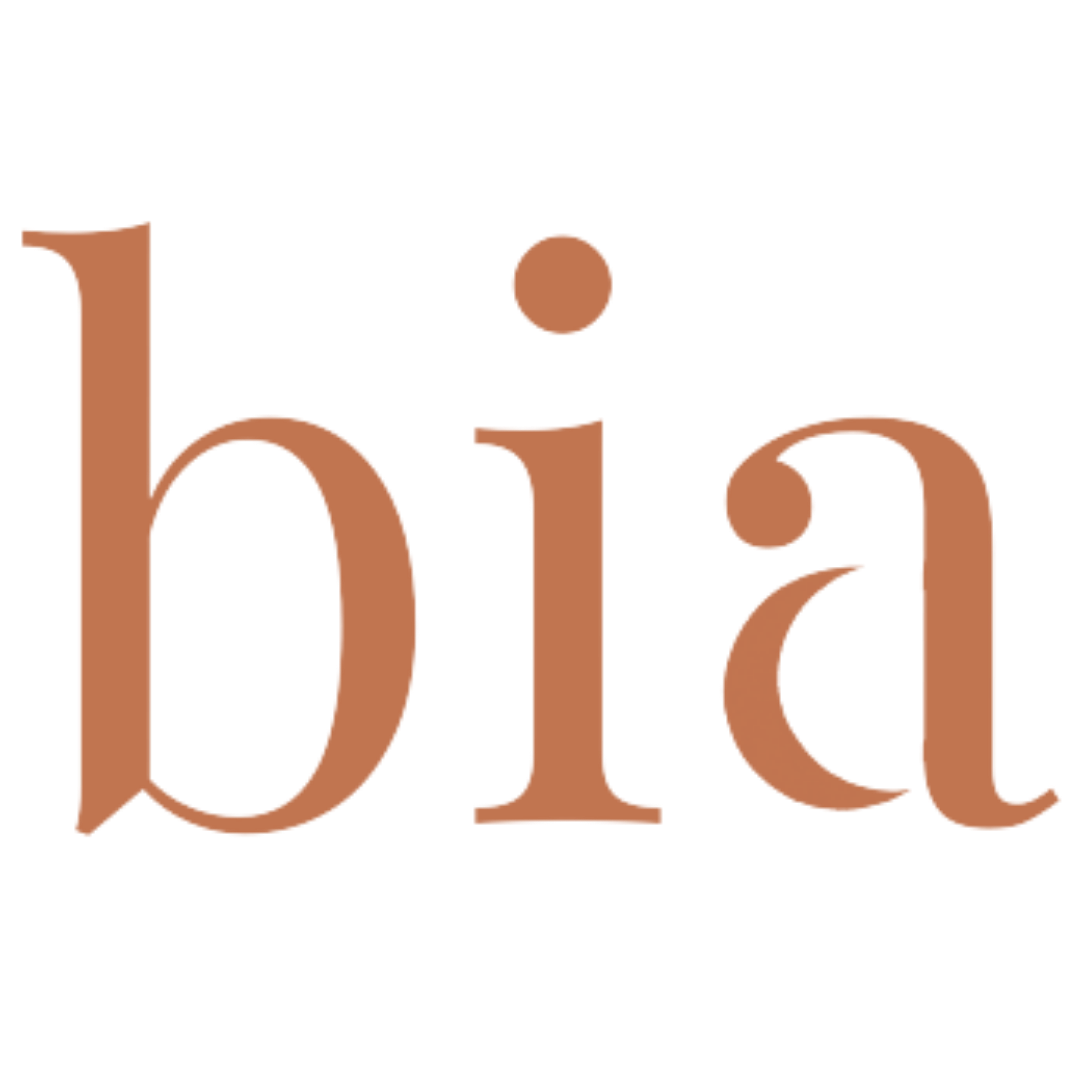The underrated superstar of the menstrual cycle is, for sure, ovulation. In this blog post, we’ll break down all we need to know about ovulation and ovulating.
When does ovulation happen?
Ovulation occurs usually midway through our cycle. You will hear people say day 14 or 15, though this can vary from person to person. Ovulation is referred to as a phase of its own though it can also be thought of as an event, occurrence, or interlude in the cycle.
What is ovulation?
Simply put ovulation is when an egg is released into the oviduct (fallopian tubes).
What happens during ovulation?
This happens due to FSH and LH (luteinizing hormone) working in synergy to trigger an ovary's most dominant (mature/large) follicle. The egg or oocyte remains in the oviduct for several days at which point it may be fertilized and begin the process of mitosis which eventually leads to an embryo and eventually a fetus.
What does ovulation feel like?
Having a period is usually quite obvious; we bleed for several days from our vaginas and this may be accompanied by cramping and other obvious hormonal changes that impact our energy and emotions. If we don’t know the signs, however, ovulation may be a lot less obvious.
Did you know that some people can feel when they’ve ovulated? It may feel like a pain in their ovary for up to 24 hours from around the time of ovulation. This pain is called mid-cycle pain or Mittelschmerz.
You may wonder, what does ovulation pain feel like? Some people compare it to a period cramp while others may experience is as a sharp pain from one side of their pelvis.
Why does ovulation hurt?
Earlier we mentioned how ovulation is when a mature egg is released from a follicle. Right before ovulation, the egg inside the follicle releases itself. Eventually, the swollen follicle bursts, rupturing and ejecting the egg into the oviduct.

